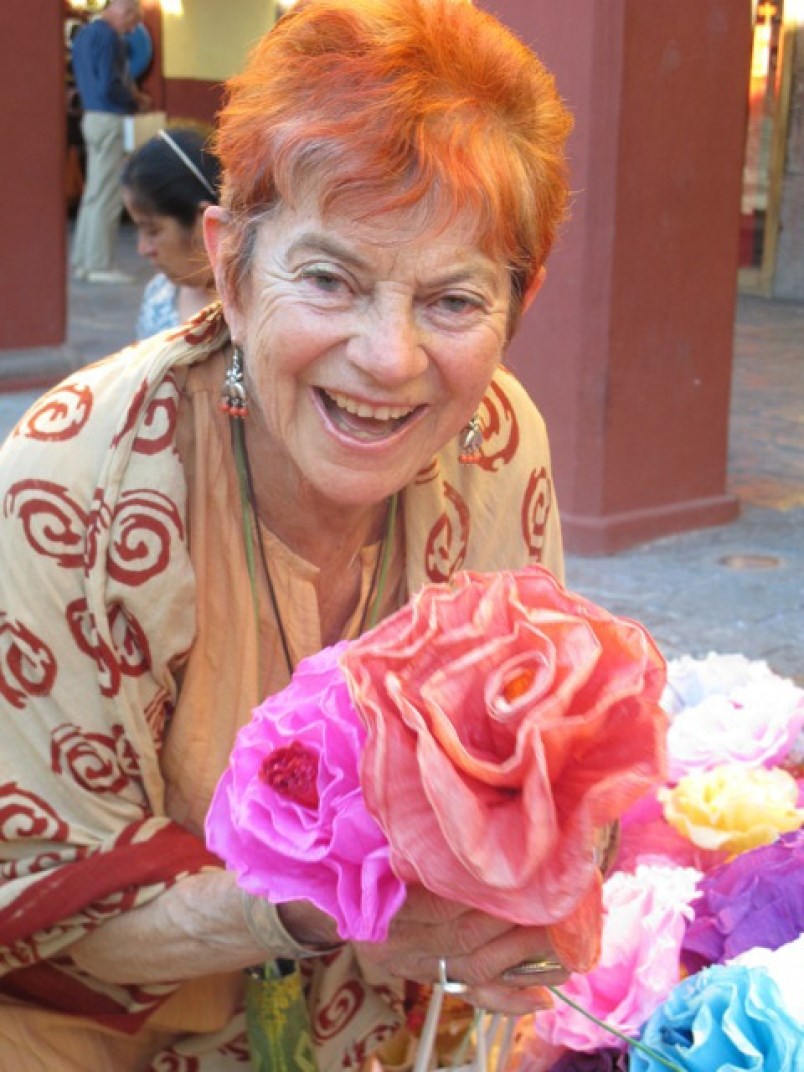In my postbox I received not one, not two, but four notices about the potential cannabis store on our island. For some reason the serious tone of these notices made me chuckle. My mind rewound to over half a century ago when I lived in Kathmandu, where cannabis bushes grew in every available space. In the garden of my rented house it grew abundantly.
The government store for ganja and charus, (marijuana and hashish) was a 10-minute walk away. The only occasion I had to visit this funky little shop in the bazaar was when Barry Bishop, a member of the first team of Americans to conquest the summit of Mt. Everest, eager to try hash, asked me to get him some. Barry, as something of a celebrity among the foreign community in Kathmandu, was reluctant to be seen entering the store where one had to climb the rickety wooden stairs to a crowded room of clients sampling the goods. The usual cliental of the store were Hindu holymen, the Nepalese at Hindu holidays, a sprinkling of embassy and foreign aid officials and the so-called hippies. Here you could find the highest quality cannabis. I even heard some of it had the royal stamp. With the stuff bought on the street, the hash was often mixed with cowdung.
The year after I left Kathmandu in 1971, I found out that Carole Laise, the American ambassador to Nepal, was very upset that U.S. citizens were smoking and smuggling out the “evil weed.” She was on good terms with King Mahendra, and convinced him to make the sale of cannabis go underground. It was reported that he was paid over a million dollars – a fortune in those days. All the signs offering ganja andcharus were taken down. After leaving Nepal, Laise gave an interview to an American publication where she was questioned about drugs in Kathmandu. She made the extraordinary statement that few Americans participated in drugs and it was mainly European hippies because they could travel cheaply overland to get to the source.
When I turned up on the shores of Canada in 1971, I found that although cannabis was illegal here, fourth Avenue in Kitsilano seemed to be a stronghold for its consumption. Now cannabis is legal in Canada and its medicinal components are being recognized. It will be interesting to see if the store on Bowen will materialize. If it doesn’t, I imagine the Garden Club will organize a speaker who will give a talk on the best way to cultivate, in our very own gardens, what much of the third of the world considers to be a sacred plant.



